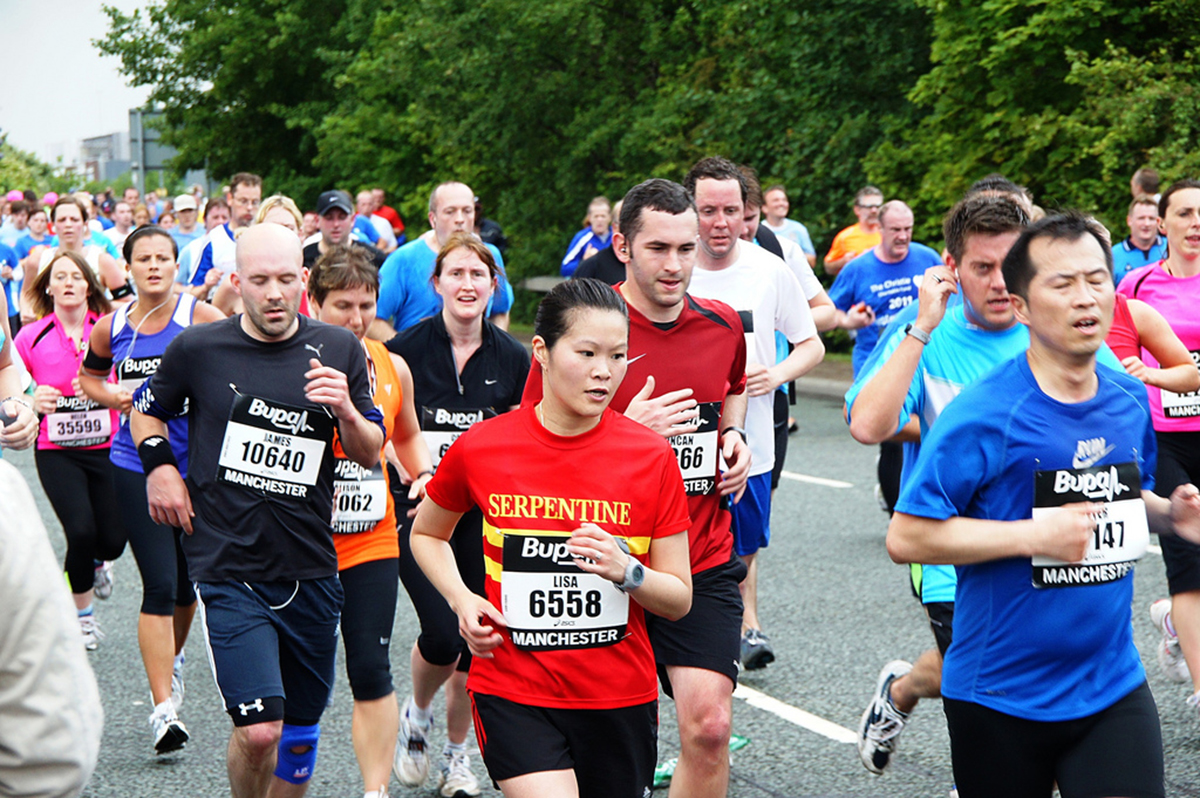Table of Contents
This by no means is a call to ditch the Intervals if you’re a woman, HIIT training can be very effective for burning fat and improving fitness. However, those who claim that HIIT is a superior form of training for everyone may still have some research to do.
Another element to take into account is the phase of the menstrual cycle a woman is in. As has been shown in an article about menstrual cycle, nutrition and exercise, hormone changes throughout the menstrual cycle can cause a woman’s metabolism to prioritize the burning of fat over carbohydrate in the last two weeks and may be an optimal time to use slow, steady state training.
Planning training programs for men, however, could prove simpler as they're not subject to such changes in metabolism. So, for men, higher intensity workouts may well be the answer for burning more calories.

HIIT training is also much more time efficient, with most HIIT training taking one-third the time of common steady-state exercises. So, people who find it hard to get time for a workout may have no choice but to use a HIIT routine.
So, while lower intensity training may be more beneficial to women, varying training and planning a program to time your type of cardio to the most appropriate time are always significant factors to being successful in attaining the goals in mind.
Whereas for recreational exercisers, sometimes preference has a bigger impact on which exercise is done. After all, the best training program is useless, if it isn't carried out.
READ Adjusting Training Intensity For Your Best Gains Ever
In choosing exercises to carry out during cardio, it should also be mentioned that running, either on the road or the treadmill, has a greater injury risk to both connective tissue, like tendons and ligaments, and to the joints themselves, than alternatives like cycling or running on elliptical machine or using the rowing machine. So, keeping impact low during steady-state activities can help prevent aches, pains and injuries and allow more time to be put in the gym.
It's also worth considering that using resistance exercises during HIIT training can help preserve muscle mass better than non-weighted exercises like aerobics or bike sprints, while still helping to improve fitness and cardiovascular health. With this in mind, weight training circuits could be the best choice when looking for the most efficient cardio routine.
- 1. Babiash, P. E. (2013). Determining the energy expenditure and relative intensity of two crossfit workouts (Doctoral dissertation, UNIVERSITY OF WISCONSIN-LA CROSSE).
- 2. Carter, S. L., Rennie, C. D., Hamilton, S. J., & Tarnopolsky, M. A. (2001). Changes in skeletal muscle in males and females following endurance training. Canadian journal of physiology and pharmacology, 79(5), 386-392.
- 3. de Campos Mello, F., de Moraes Bertuzzi, R. C., Grangeiro, P. M., & Franchini, E. (2009). Energy systems contributions in 2,000 m race simulation: a comparison among rowing ergometers and water. European journal of applied physiology, 107(5), 615-619.
- 4. Gao, Z., Wang, X., Zhuo, Q., Wang, J., Hu, F., Piao, J., ... & Cao, H. (2012). [Energy expenditure on different physical activities of rural adults in North China]. Wei sheng yan jiu= Journal of hygiene research, 41(1), 75-79.
- 5. Moyna, N. M., Robertson, R. J., Meckes, C. L., Peoples, J. A., Millich, N. B., & Thompson, P. D. (2001). Intermodal comparison of energy expenditure at exercise intensities corresponding to the perceptual preference range. Medicine and science in sports and exercise, 33(8), 1404-1410.
- Photo courtesy of cumidanciki: www.flickr.com/photos/cumidanciki/5163311169/
- Photo courtesy of pigpilot: www.flickr.com/photos/pigpilot/5725727517/
- Photo courtesy of pigpilot: www.flickr.com/photos/pigpilot/5725727517/


Your thoughts on this